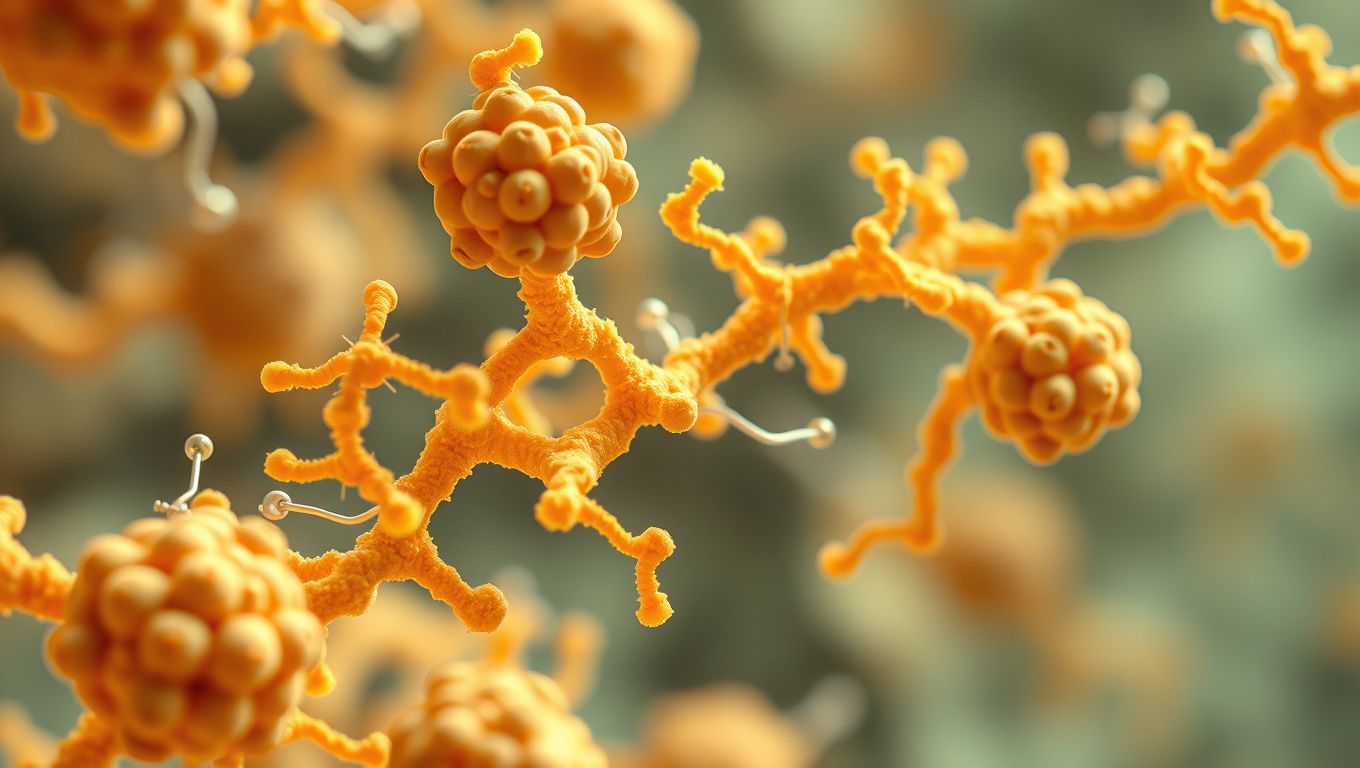While we try to keep things accurate, this content is part of an ongoing experiment and may not always be reliable.
Please double-check important details — we’re not responsible for how the information is used.
Dietary Supplements and Minerals
Unveiling an Ancient Mechanism of Cellular Respiration: How Primordial Microbes Breathed
A team of scientists have elucidated an ancient mechanism of cellular respiration. To that end, they studied bacteria that feed on the gases carbon dioxide and hydrogen, and turn them into acetic acid — a metabolic pathway that emerged very early in evolution. The international team has now been able to resolve the mystery of how the microbes use this process to generate energy. Their findings are also interesting for another reason: Since the microorganisms remove CO2 from their environment, they are seen as a beacon of hope in the fight against climate change.

Back and Neck Pain
The French Fry Effect: Scientists Reveal the Surprising Truth About Potatoes and Diabetes Risk
French fries may be more than just a guilty pleasure—they could raise your risk of type 2 diabetes by 20% if eaten three times a week, while the same amount of boiled, baked, or mashed potatoes doesn’t appear to have the same effect.
Acid Rain
“The Fungus That Makes Bread Better: How Mycorrhizal Fungi Boost Wheat’s Nutrient Content”
Scientists have discovered that pairing bread wheat with a special soil fungus can significantly enhance its nutritional value. This partnership leads to bigger grains rich in zinc and phosphorus—without increasing anti-nutrients that block absorption. As a result, the wheat becomes a healthier option for human diets. Researchers believe this fungal strategy could offer a natural, sustainable way to fortify global crops with essential nutrients.
Accident and Trauma
“Unveiling the Invisible Killer: PM 1 Pollution Uncovered Across America”
A groundbreaking 25-year analysis using satellite technology has now mapped PM 1 levels across the U.S., uncovering how wildfires, vehicle emissions, and industrial byproducts have shaped the air we breathe. Although regulations have improved air quality over time, rising wildfire activity poses a growing challenge. This new dataset gives scientists and regulators a vital tool for targeting the most harmful pollutants and protecting public health.
-

 Detectors8 months ago
Detectors8 months agoA New Horizon for Vision: How Gold Nanoparticles May Restore People’s Sight
-

 Earth & Climate9 months ago
Earth & Climate9 months agoRetiring Abroad Can Be Lonely Business
-

 Cancer9 months ago
Cancer9 months agoRevolutionizing Quantum Communication: Direct Connections Between Multiple Processors
-

 Albert Einstein9 months ago
Albert Einstein9 months agoHarnessing Water Waves: A Breakthrough in Controlling Floating Objects
-

 Earth & Climate9 months ago
Earth & Climate9 months agoHousehold Electricity Three Times More Expensive Than Upcoming ‘Eco-Friendly’ Aviation E-Fuels, Study Reveals
-

 Diseases and Conditions9 months ago
Diseases and Conditions9 months agoReducing Falls Among Elderly Women with Polypharmacy through Exercise Intervention
-

 Chemistry8 months ago
Chemistry8 months ago“Unveiling Hidden Patterns: A New Twist on Interference Phenomena”
-

 Agriculture and Food9 months ago
Agriculture and Food9 months ago“A Sustainable Solution: Researchers Create Hybrid Cheese with 25% Pea Protein”





























